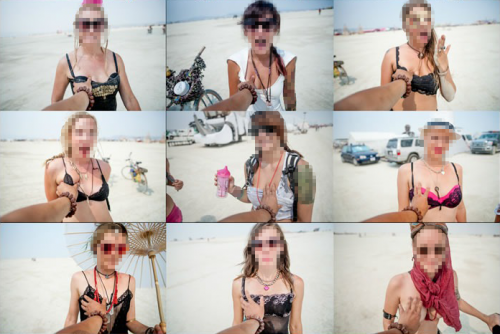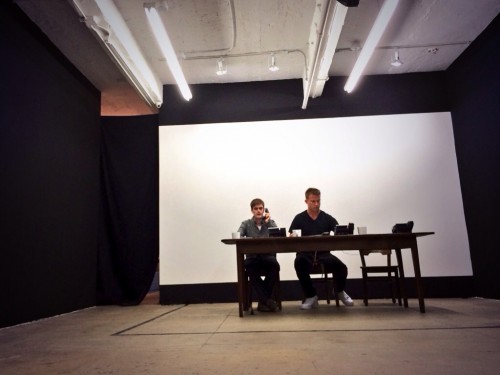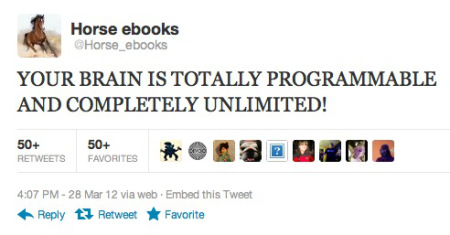
The Time article that covers the Bexar County Bibliotech Library in San Antonio, Texas asks a basic question, and it asks it right in the byline. It’s not a unique question; it’s not anywhere close to the first time it’s been asked. It’s a question that captures a lot of anxiety around a particular kind of public space that is, even when it isn’t given a lot of direct attention, pretty firmly embedded in our cultural subconscious.









